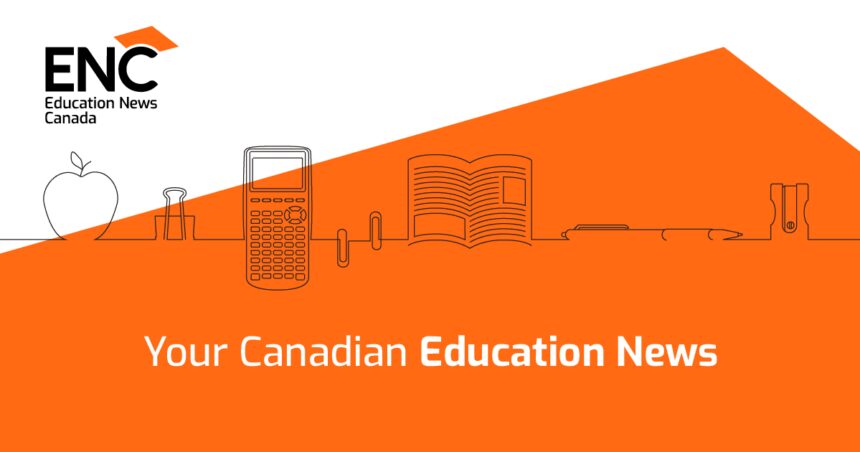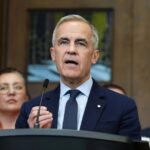The handshakes and coffee cups have been cleared away from the 113th meeting of the Council of Ministers of Education, Canada (CMEC), but the commitments made during this critical gathering continue to reverberate through provincial education offices nationwide.
I spent three days in Winnipeg tracking the ministerial discussions, where education leaders from every corner of Canada gathered to address challenges that have intensified since the pandemic. Behind the formal press releases lies a complex web of provincial priorities and competing visions for Canadian education.
“This isn’t just another bureaucratic meeting,” Manitoba’s Education Minister Nello Altomare told me during a brief hallway conversation. “We’re tackling fundamental questions about how to serve students who’ve lived through unprecedented disruption while preparing them for a future we can barely predict.”
The ministers focused on several interconnected priorities that cross provincial boundaries, though tensions emerged around implementation approaches and funding mechanisms.
Indigenous education reconciliation efforts dominated early discussions, with ministers reaffirming commitments to incorporate Indigenous knowledge and perspectives across provincial curricula. British Columbia’s Education Minister Rachna Singh highlighted her province’s mandatory Indigenous-focused graduation requirement as a model worth considering.
“We’ve seen significant engagement from both Indigenous and non-Indigenous students,” Singh noted. “This isn’t an add-on to education – it’s foundational to understanding our shared history and building toward genuine reconciliation.”
However, provincial differences quickly emerged. While all ministers expressed support for reconciliation initiatives, approaches to implementation varied substantially. Quebec representatives emphasized their distinct curriculum framework, while Ontario officials pointed to resource constraints for comprehensive teacher training programs.
Mental health supports emerged as another critical priority, with ministers acknowledging the pandemic’s lingering effects on student wellbeing. Recent data from Statistics Canada shows concerning trends – approximately 27% of Canadian youth report symptoms consistent with moderate to severe anxiety or depression, nearly double pre-pandemic levels.
Nova Scotia’s Minister Becky Druhan spoke candidly about the challenges. “We’re seeing students struggling with basic attendance and engagement. The mental health supports we’ve historically provided through schools simply weren’t designed for this scale of need.”
The ministers discussed collaborative approaches to mental health resources, including shared digital platforms and assessment tools that could be adapted across provinces. Alberta has committed $40 million to school-based mental health programs, while Saskatchewan is piloting an integrated service delivery model connecting schools with healthcare providers.
Digital transformation and technological equity formed the third major focus area. The pandemic exposed significant gaps in digital access across Canadian communities, with rural and remote areas facing particular challenges.
“We have students in northern communities who simply couldn’t participate in online learning during school closures,” said Northwest Territories Education Minister R.J. Simpson. “If we’re serious about educational equity, digital infrastructure isn’t optional – it’s essential.”
Ministers discussed a potential pan-Canadian framework for digital learning standards and shared procurement strategies to reduce costs. However, provincial representatives from Quebec and Alberta emphasized their autonomy in curriculum delivery methods, suggesting potential roadblocks to a unified approach.
The elephant in the room throughout discussions was funding. While education ministers universally acknowledged increasing system demands, they face different fiscal realities across provinces. Recent economic challenges have created budget pressures that complicate ambitious educational initiatives.
I spoke with education policy analyst Dr. Catherine McCullough, who observed the proceedings and expressed measured optimism. “There’s genuine commitment to addressing these challenges collaboratively, but provincial treasuries are stretched thin. The real test will be whether these priorities translate to budget allocations when ministers return home.”
Parent advocates attending the conference expressed frustration at what they view as insufficient urgency. Sarah Whitman, representing the Canadian Parents for Education Reform, told me: “We keep hearing about long-term strategies while our kids are struggling now. The pandemic changed everything, but our systems are still catching up to that reality.”
The ministers’ communiqué emphasized their shared commitment to educational excellence while respecting provincial jurisdiction – standard diplomatic language that masks the complex negotiations happening behind closed doors.
Perhaps most significant was the agreement to establish a new data-sharing framework that will track student outcomes more consistently across provinces. This represents a modest but important step toward greater transparency in a system where provincial comparisons have historically been difficult.
“Canadians deserve to understand how their education systems are performing,” said New Brunswick Education Minister Bill Hogan. “Better data doesn’t threaten provincial autonomy – it enhances our ability to learn from each other’s successes and challenges.”
As ministers returned to their respective provinces, they carried both shared commitments and distinct priorities. The true measure of this meeting’s impact won’t be found in press releases or communiqués, but in the budget decisions and policy initiatives that follow in the coming months.
For students, parents, and educators watching closely, the question remains whether this ministerial collaboration will translate into meaningful classroom improvements during a period of unprecedented educational challenges.
What’s clear from my conversations in Winnipeg is that provincial education leaders recognize the stakes have never been higher. As one minister whispered to me during a break: “We’re not just talking about test scores anymore – we’re talking about the resilience of an entire generation.”






